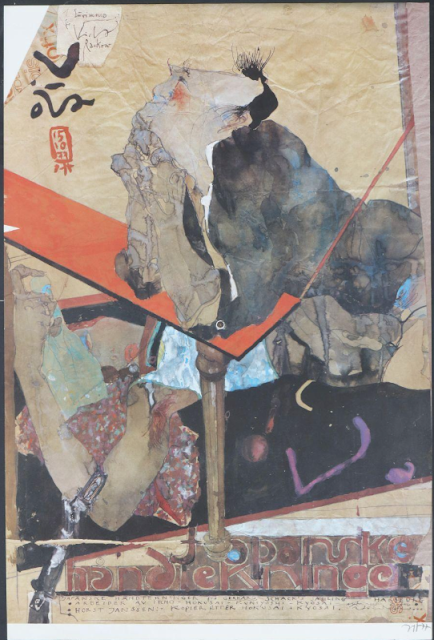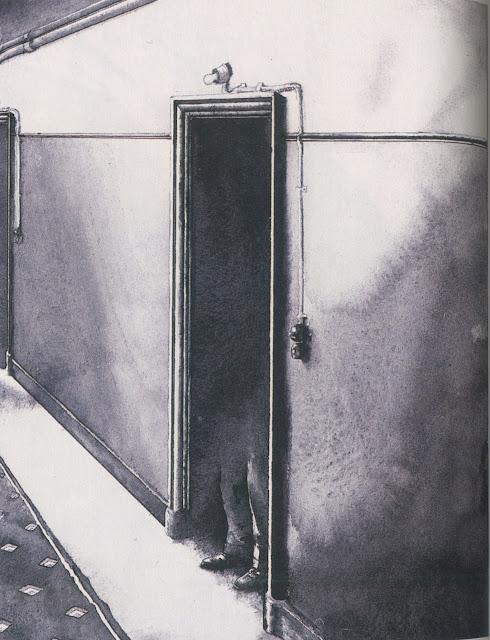You could study 1,000 anatomy books but none would teach you to draw a mouth like this:
ChatGPT would never create such a mouth for you. Neither will a camera. Neither will Photoshop.
The mouth is a detail from this febrile drawing by Horst Janssen.
Janssen's drawing includes none of the features artists normally focus upon when drawing higher life forms: eyes, facial expressions, a forehead, posture suggesting vertebrae... even a chin would be useful. If there's body language here, it conveys little more than heated fumbling. Instead, everything is reduced to those chewed up lips, swollen from too much heavy kissing. You can almost hear the panting from this drawing.
A corporate letterhead seems like an odd choice of paper, except it suggests Janssen was not in the mood to wait around for proper art supplies.
Other drawings of this subject display far more technical skill. For example, here's an embrace as visualized by Fragonard:
_1942.9.2123.jpg) |
| Note the details in the fabric, the staging with the door and the use of facial expression |
In the 19th century the romantic movement turned away from precise academic drawing by artists such as Ingres and David. Romantic artists felt that a better way to capture the true character of life and experience was not the mimetic representation of nature. Rather, they turned to the expression of feelings and memory and emotions, setting us on the path to Janssen's lovely, raw drawing.
Sometimes Janssen's approach to drawing misses. When you're in the business of inventing new mouths it doesn't always work out. But when he does connect it can result in marvelous pictures.
Here are other examples of Janssen's work that I admire.





_1942.9.2123.jpg)

















